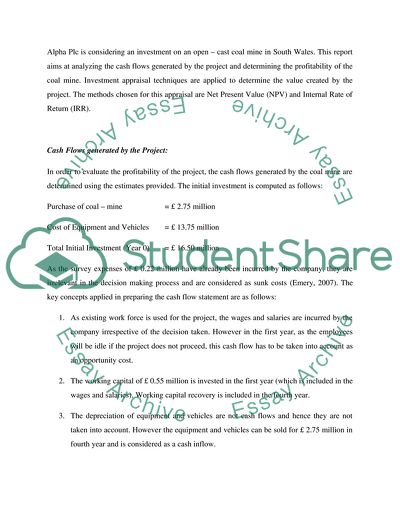Cite this document
(Capital Budgeting Decisions Case Study Example | Topics and Well Written Essays - 1750 words, n.d.)
Capital Budgeting Decisions Case Study Example | Topics and Well Written Essays - 1750 words. Retrieved from https://studentshare.org/finance-accounting/1744915-capital-budgeting
Capital Budgeting Decisions Case Study Example | Topics and Well Written Essays - 1750 words. Retrieved from https://studentshare.org/finance-accounting/1744915-capital-budgeting
(Capital Budgeting Decisions Case Study Example | Topics and Well Written Essays - 1750 Words)
Capital Budgeting Decisions Case Study Example | Topics and Well Written Essays - 1750 Words. https://studentshare.org/finance-accounting/1744915-capital-budgeting.
Capital Budgeting Decisions Case Study Example | Topics and Well Written Essays - 1750 Words. https://studentshare.org/finance-accounting/1744915-capital-budgeting.
“Capital Budgeting Decisions Case Study Example | Topics and Well Written Essays - 1750 Words”. https://studentshare.org/finance-accounting/1744915-capital-budgeting.


